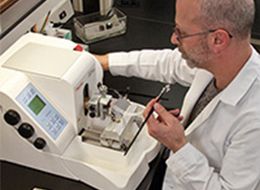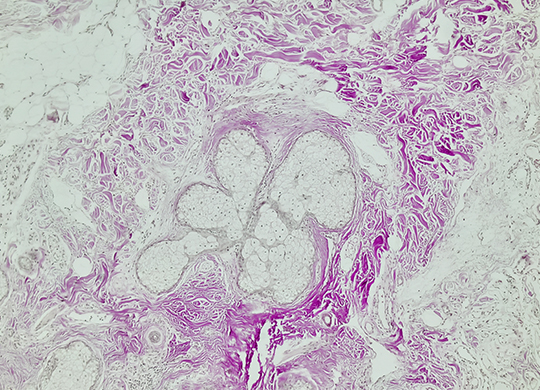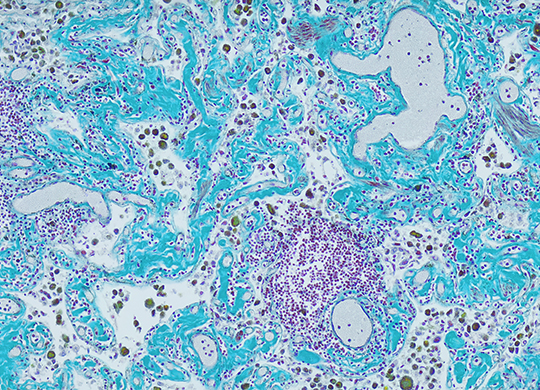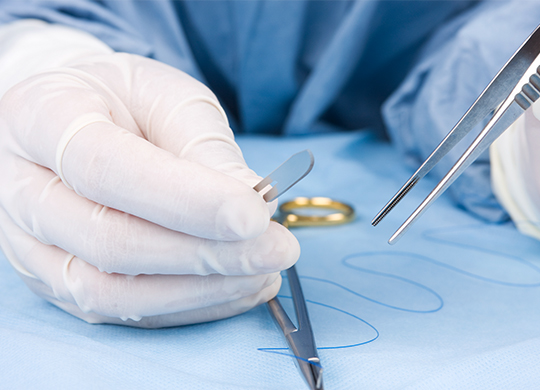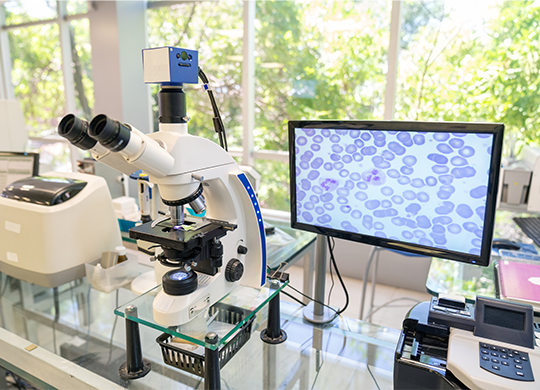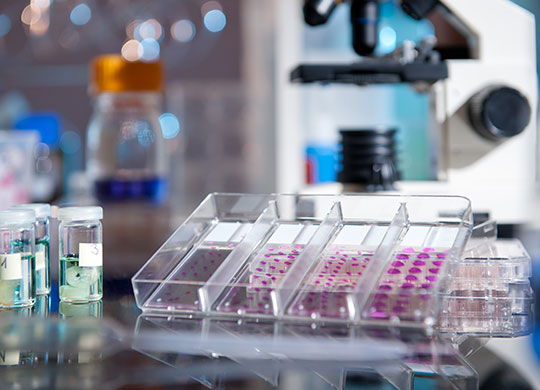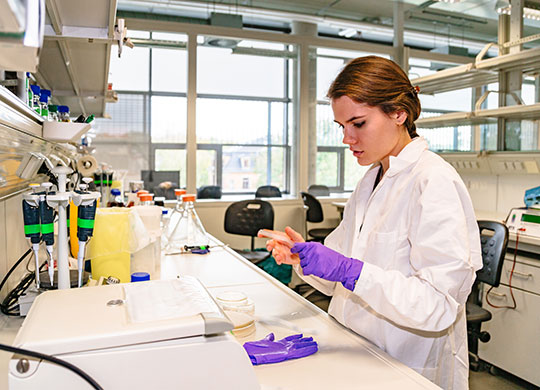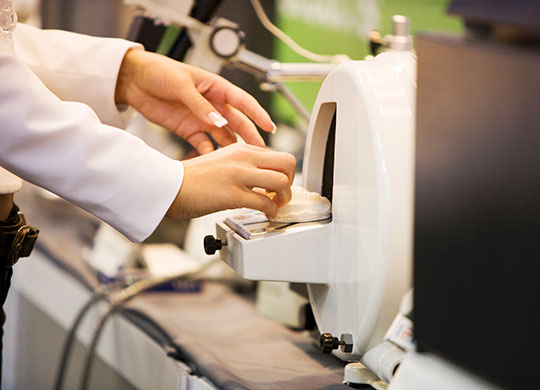The technique of enclosing tissues or specimens in a mass of embedding media using a mold is known as embedding. During embedding, substances in liquid state are infiltrated through the sample and, after a period of cooling, the embedding substance, and therefore the sample, gets solid without altering the molecular features of tissues.
In addition, embedding is a good method for preserving samples during long periods of time. Several embedding substances are available to get specific section thickness and for performing techniques. For light microscopy studies, paraffin is the most common embedding substance. For electron microscopy, epoxy and acrylic resins are the most used embedding medium. There are other embedding substances, such as celloidin, nitrocellulose, polyethylene glycol and wax polyester.
View our vast range of premium freezer section compounds, dyes and media complemented with the most up-to-date tools, such as Microtome blades, for the process.




